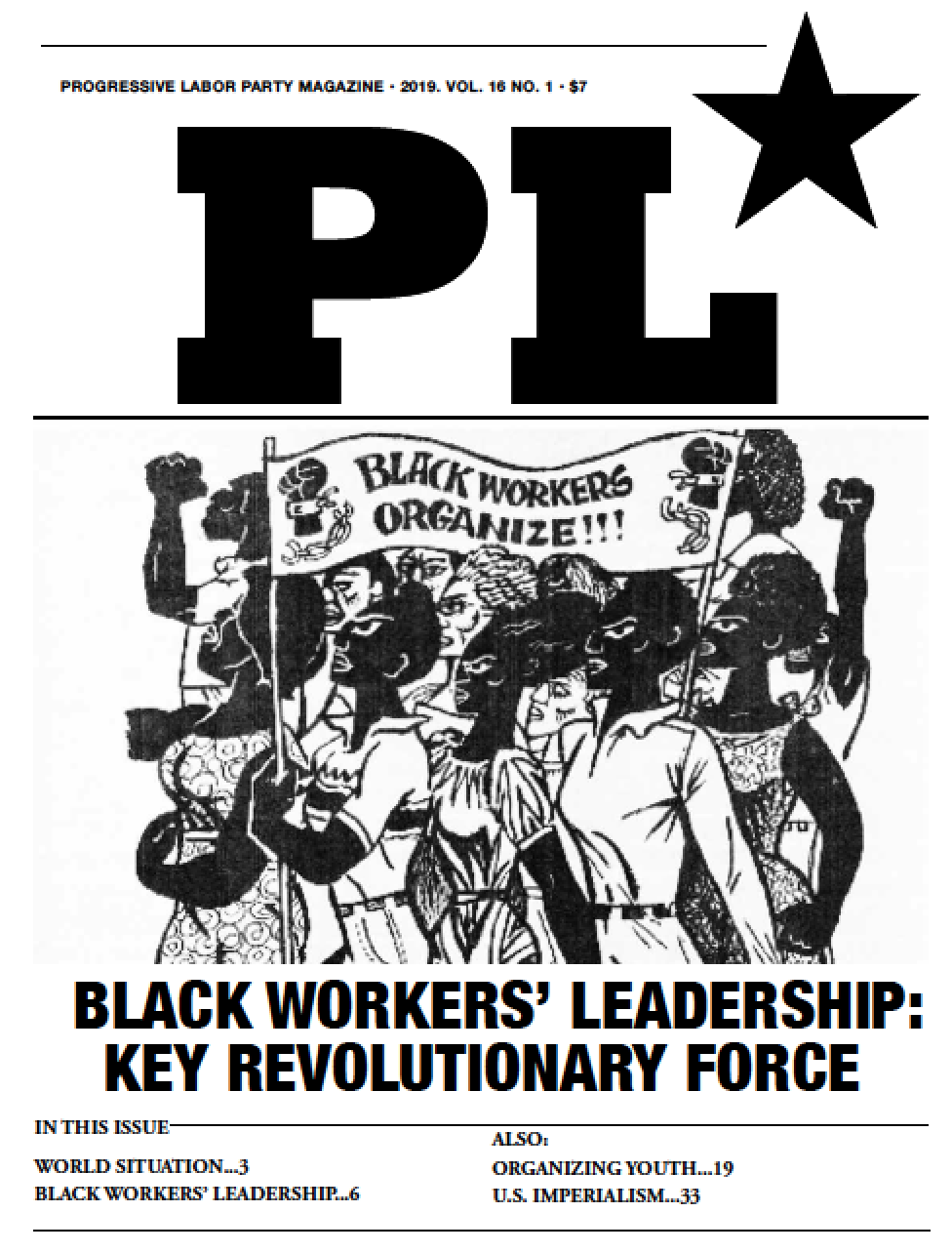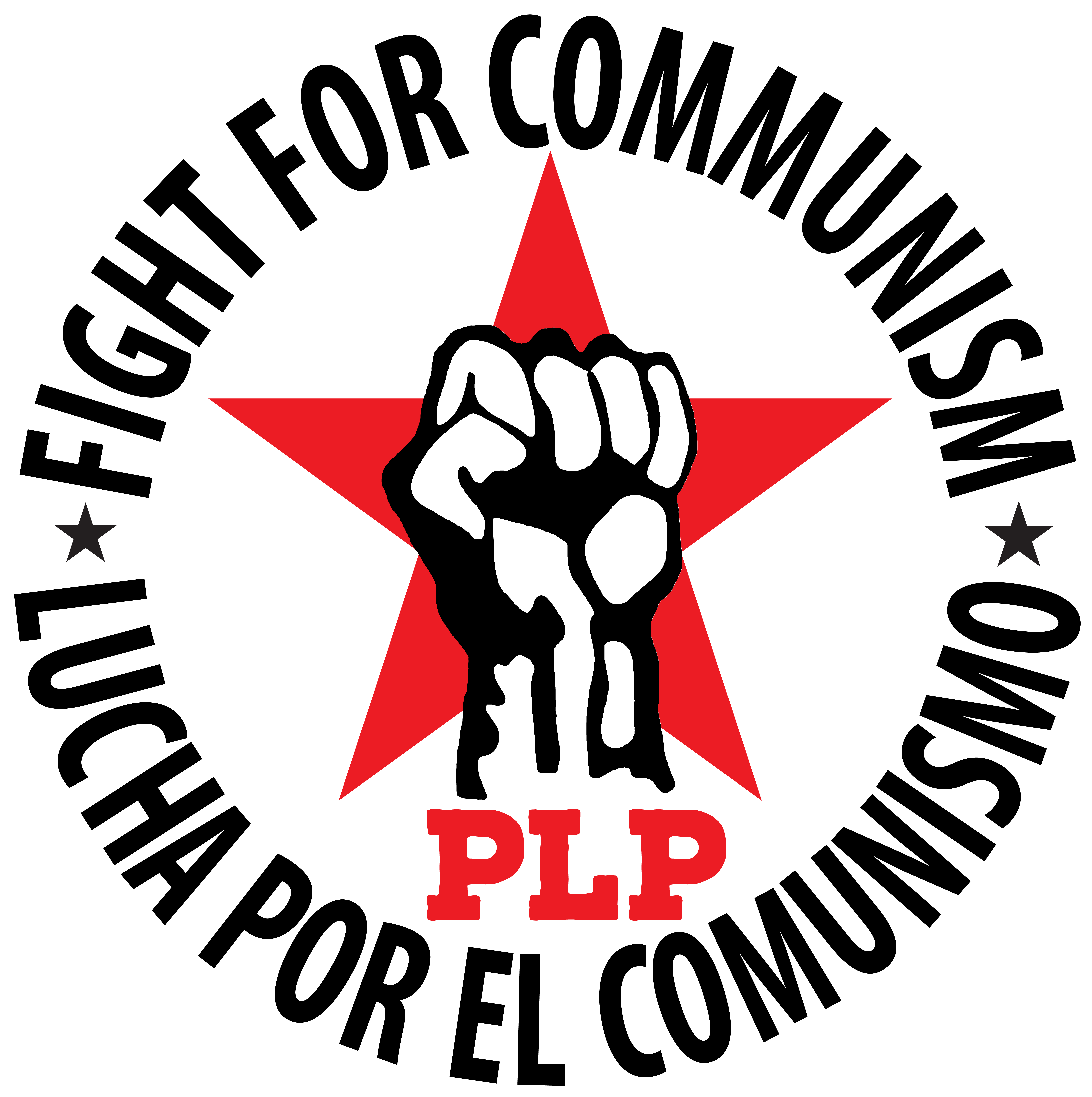A new wave of student-worker movement
 Thursday, September 27, 2018 at 10:03PM
Thursday, September 27, 2018 at 10:03PM After a few years of relative political tranquility, China is starting to see a new wave of student movement and worker militancy. When several workers got fired and arrested in July as they tried to organize a local union in Jiashi Tech, a listed company based in Shenzhen, Guangdong, activists launched a small protest against the company and the local police. The tension quickly escalated when the local police again arrested dozens of the protesters and charged several of them with criminal offenses.
The struggle was well publicized and the protest organizers called for support from the leftists and other sympathizers. Soon the protesters in Shenzhen were soon joined by college students from all over the country as well as influential leftist organizations. More than a thousand people signed on a petition to the Ministry of Public Safety, demanding the release of arrested workers. Students and leading leftist scholars also wrote several widely circulated support letters.
The protest was forcefully ended after a month when fully armed police squad stormed into an apartment in Huizhou, Guangdong and arrested more than 50 activists sleeping in the room at around 5 am Aug 24th. At the same time, the police also arrested several activists in Beijing and other cities that might have been involved in the movement. To this moment, it seems that the college students among these activists have been sent back to their home and are under house arrest. After some interrogations and “education”, they are expected to return to college. As for the workers and those who have already graduated from colleges, their statuses are not clear. The impression, however, is that the authority will prosecute many of them with some serious charges.
Overall this protest has been highly influential in China and has several new features that separate it from previous similar conflicts.
First of all, it was a Maoist-led struggle among the younger workers. China’s socialist legacy is strongest among the older generation workers who had experiences under both socialism and capitalism. Many old workers are Maoists and fight for socialism in their struggles. The young workers who work in those export zones like Shenzhen, however, often lack class consciousness and political experiences. They are used to wildcat strikes instead of a planned political action. This time, the young worker activists were clearly self-trained Marxists and familiar with the language and tactics of Marx, Lenin, and Mao.
Second, there was a deep involvement of students in the struggle. Many students joined in the struggle as mentioned above. They came from different backgrounds: some from rich families and elite colleges and other from working class and without a college degree. Most of them were in their late teens and early twenties and they were radicalized in the last ten years. Over the last decade or so, the Chinese radicals built numerous leftist organizations on campus. These organizations have successfully trained a generation of Maoist activists. The student-worker alliance we saw in this movement was but a natural consequence from the last decade’s radicalization of students.
Last but not least, it has been a coordinated action among the Chinese leftists. China’s contemporary left emerged during the 1990s and many of them were communists from Mao’s era. This generation of “old” left gave rise to the major leftist organizations in China today. Starting from the late 2000s, however, a new generation of leftists started to form. They were mostly young and middle-aged activists who gradually got attracted to Marxism. The recent struggle provided a unique opportunity for several generations of Marxists to meet and work together. These new features have some important implications for the future class struggles. With more radicalized students and young workers, and a coalition between old and young leftists, a more mature revolutionary tide is always in formation. Capitalism, after all, always produces its own grave-diggers. It will only be a matter of time before the class struggles in China will shake the entire bourgeois world.
CHALLENGE response:
The PLP hails these bold developments in China. Young workers fighting back while uniting with older revolutionaries, and young students joining them in solidarity are great steps in the rebuilding of the communist movement in China and globally. Such a movement will ultimately crush “red” capitalists in China, who seized power after the defeat of the Shanghai Commune in 1968, took China off the road to communism, and systematically restored vast inequalities and deep class divisions throughout China. Learning the lessons from that defeat is critical. These lessons include winning the masses to a communist vision, constructing a mass communist party despite the capitalists’ repressive apparatus, abolishing material incentives and the wage system, overcoming ethnic divisions, and refusing to compromise with capitalist roaders. We hope that many of these rising revolutionaries described in the Report from China join the PLP to spread these lessons globally!





 Progressive Labor Party (PLP) fights to destroy capitalism and the dictatorship of the capitalist class. We organize workers, soldiers and youth into a revolutionary movement for communism.
Progressive Labor Party (PLP) fights to destroy capitalism and the dictatorship of the capitalist class. We organize workers, soldiers and youth into a revolutionary movement for communism.




Reader Comments